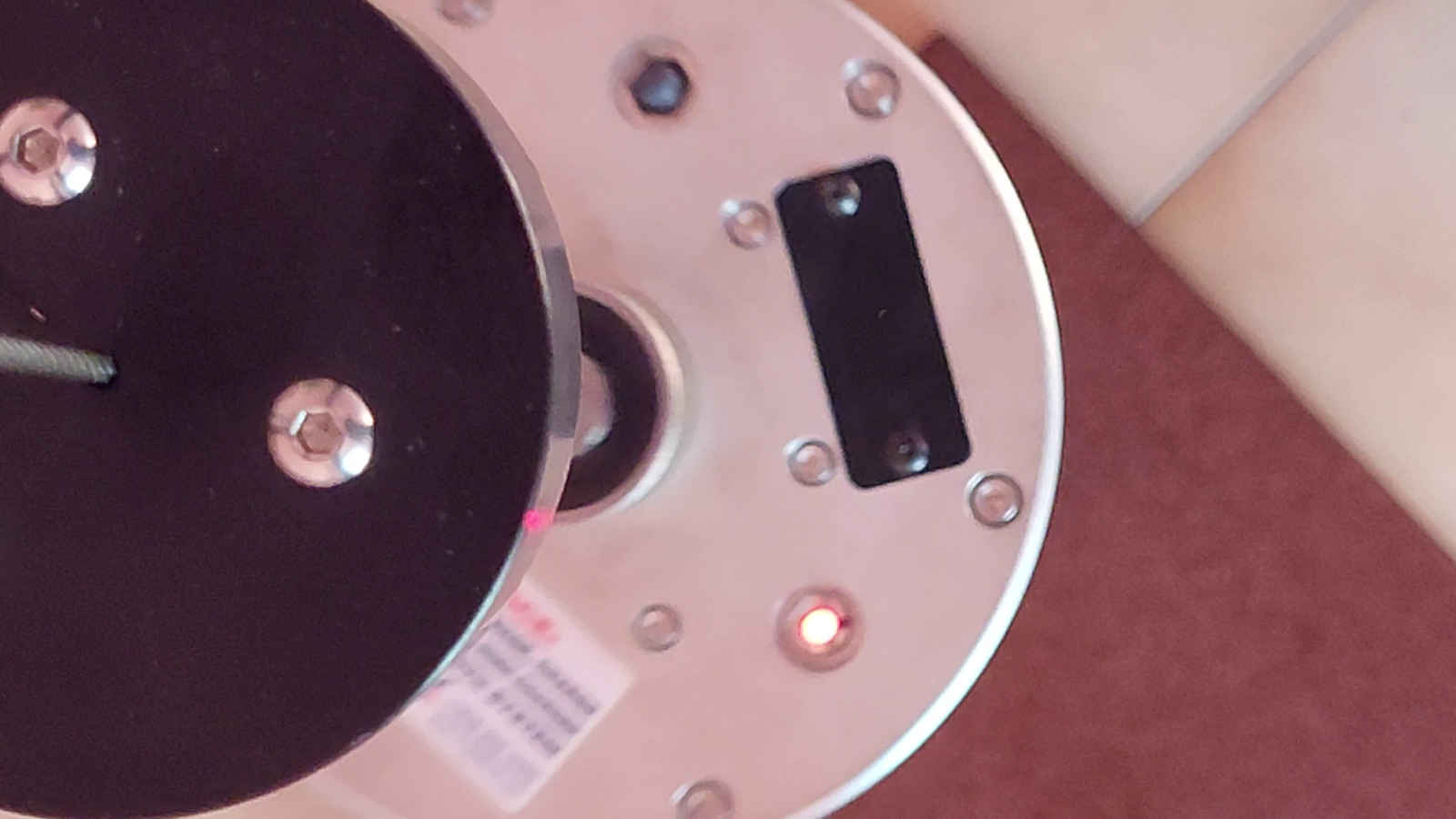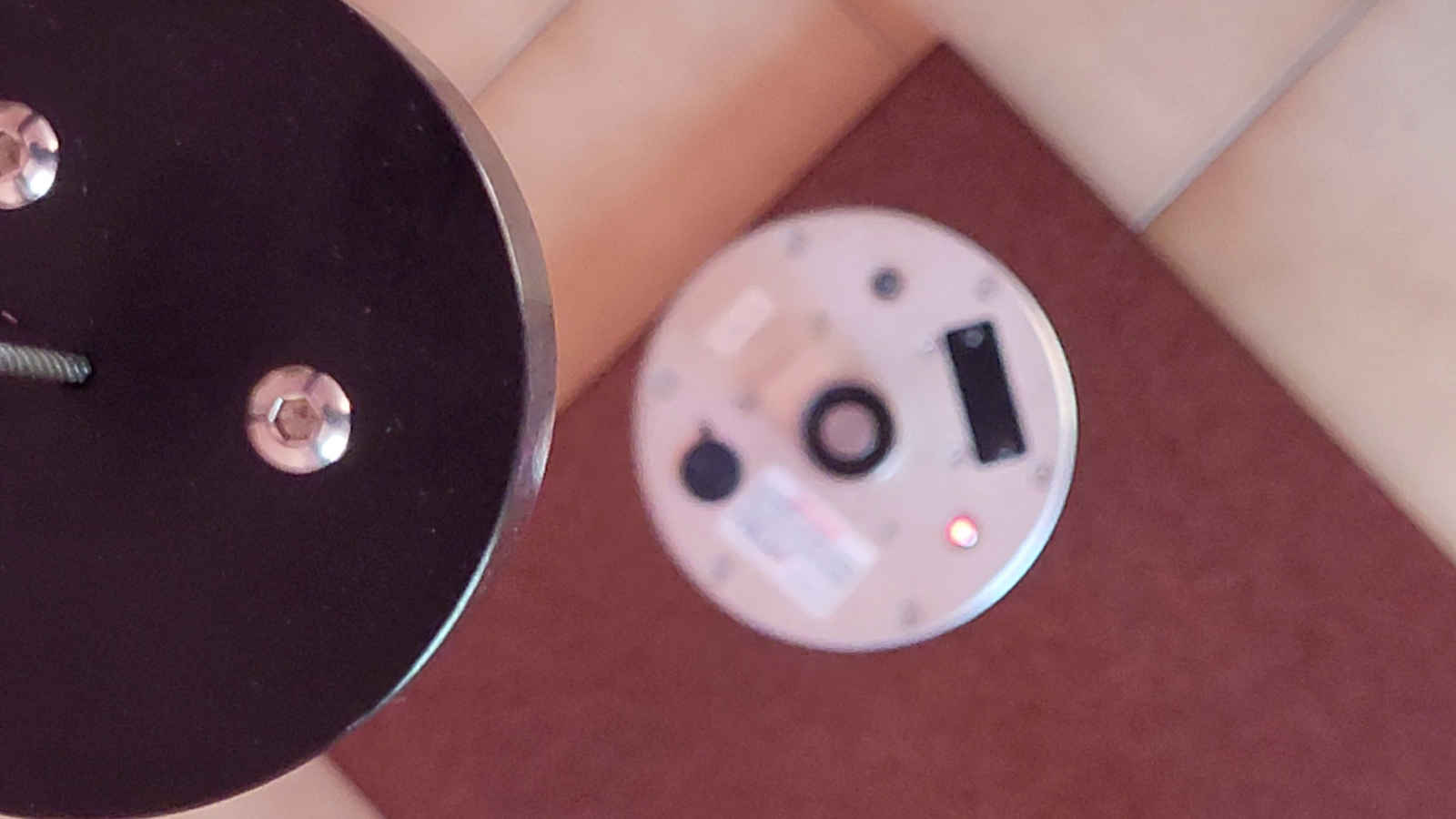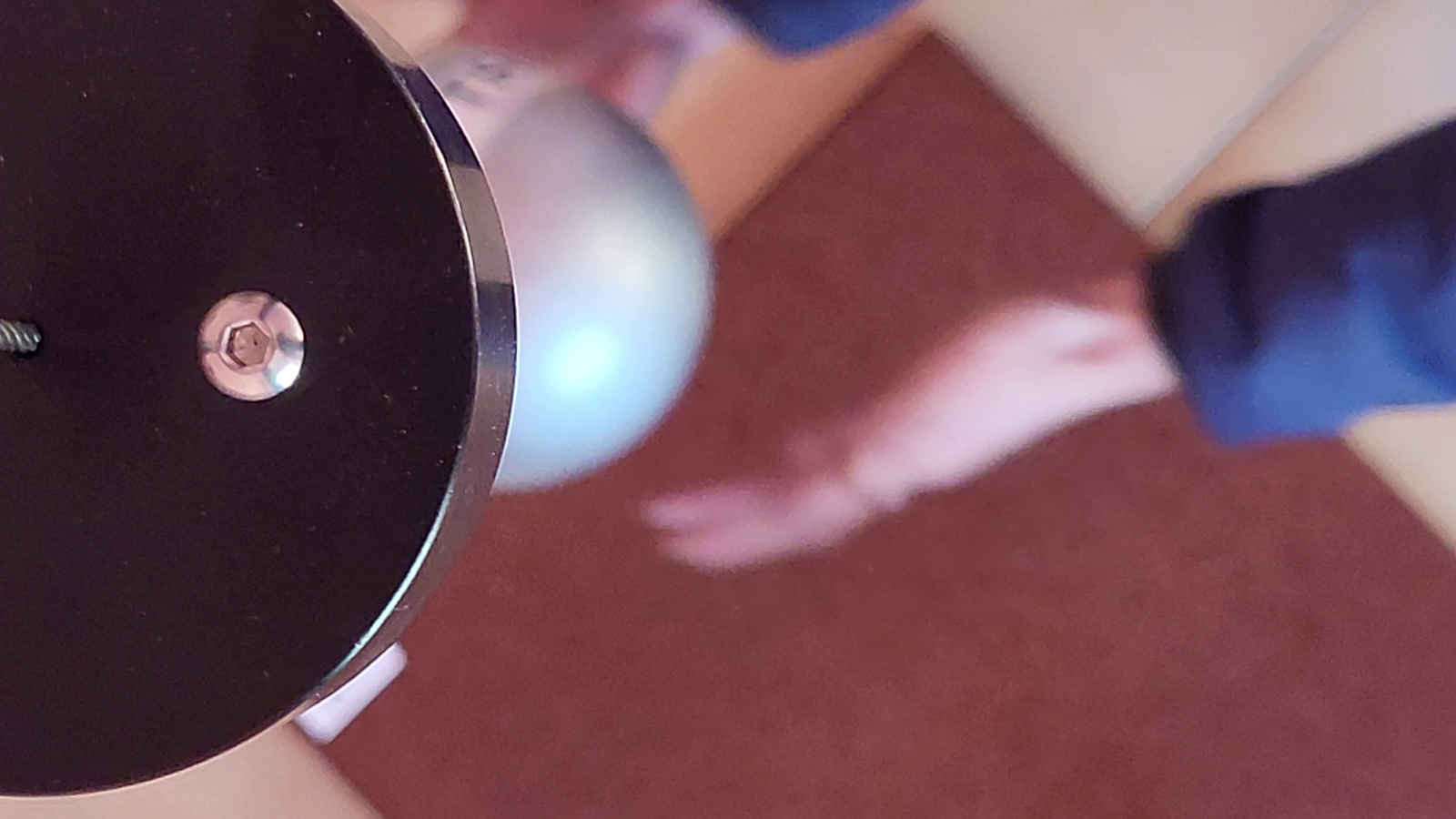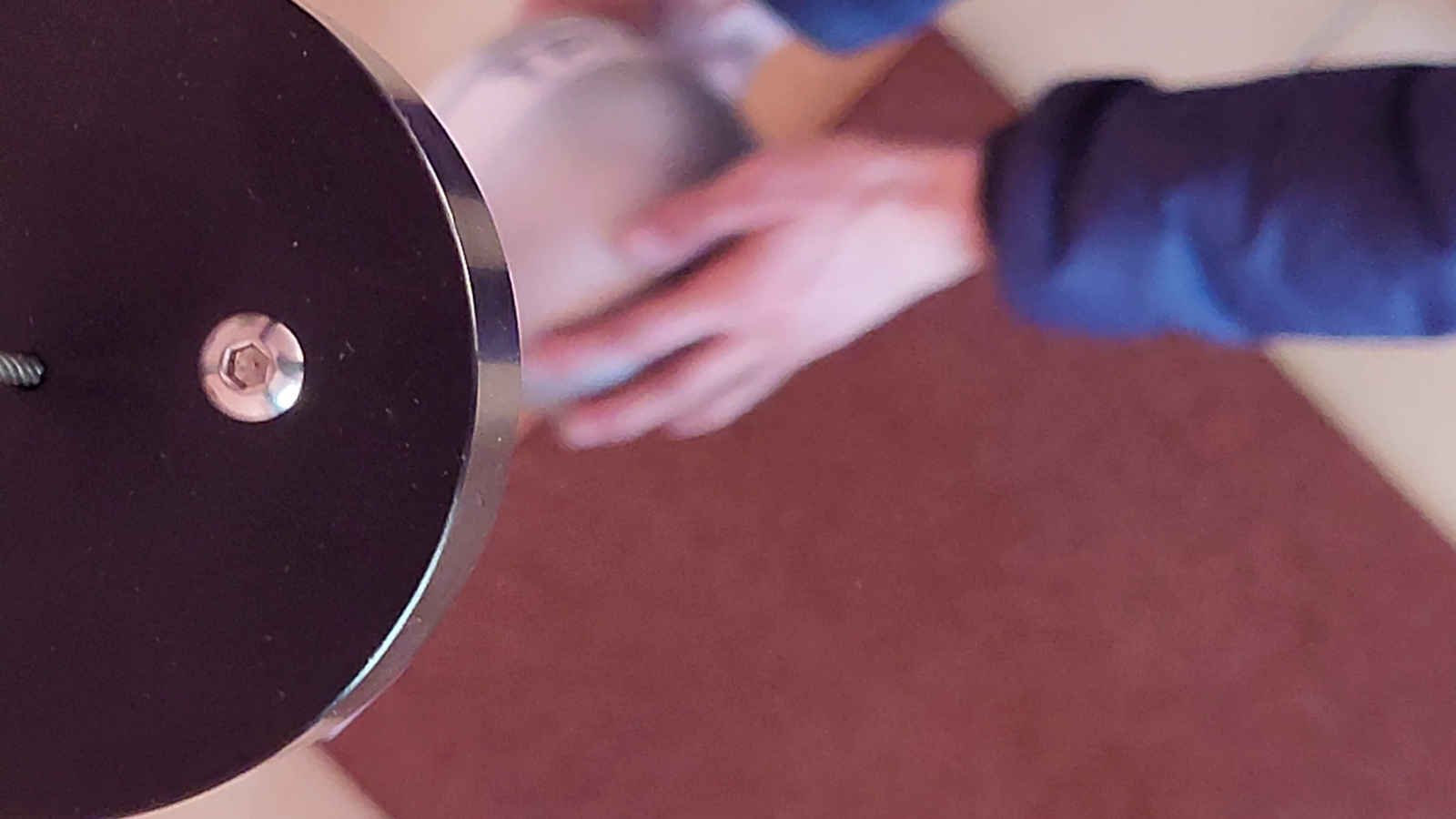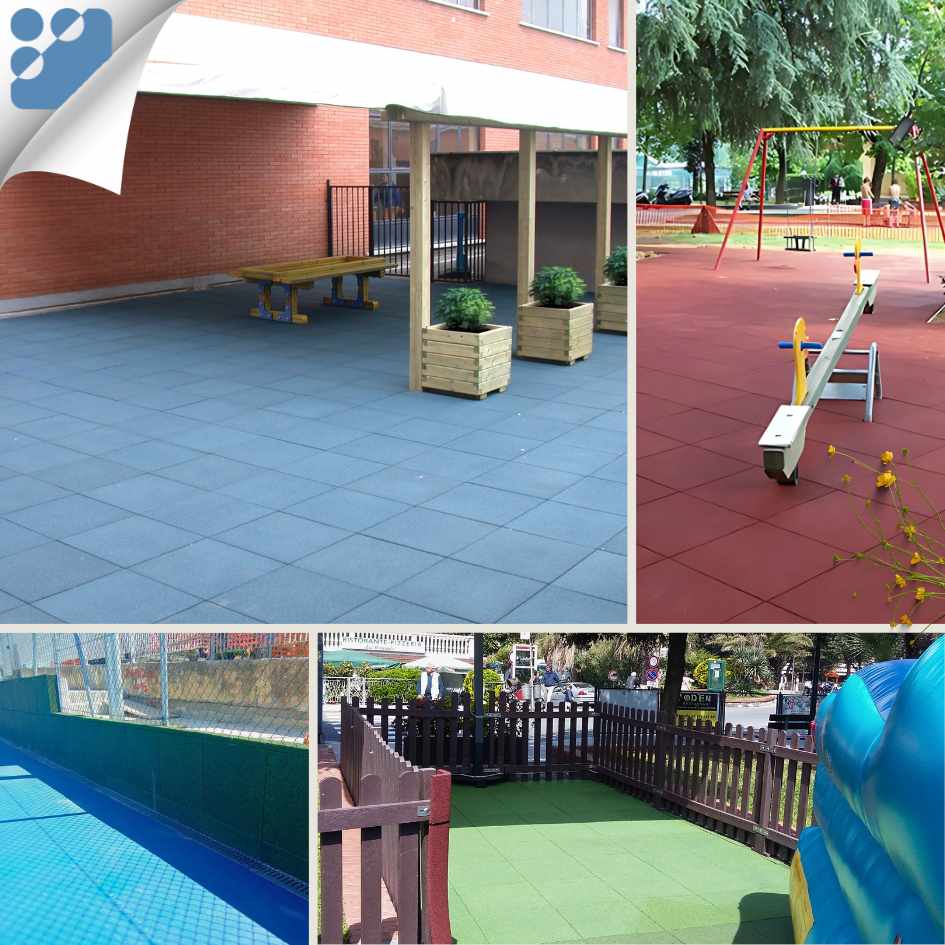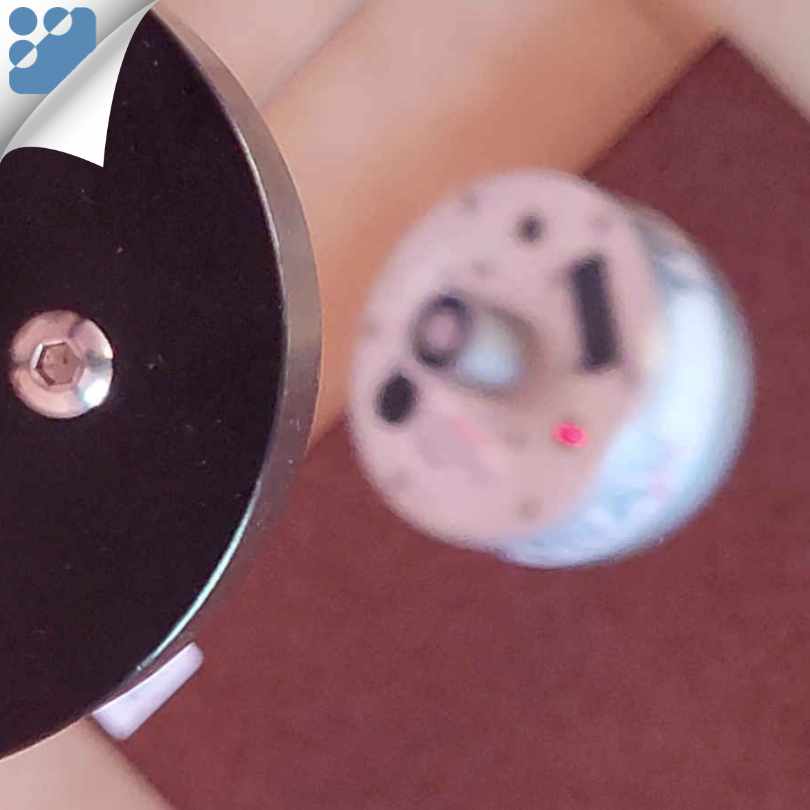
we wanted to talk to you about
How the HIC Test allows the safety of pavements to be assessed by measuring critical fall height
The safety of non-trauma surfaces is an essential aspect for play areas and playgrounds, where children are often exposed to the risk of falling from equipment of various heights. To ensure an adequate level of protection, the UNI EN 1177 standard establishes a standardized test method for determining the critical fall height (HCC) of a floor surface through the Head Injury Criterion (HIC) test.
In this article, we will look at what HIC means, how the test is performed, and why it is a key parameter in choosing a playground safety surface.
What is the HIC Test and why is it important?
The HIC (Head Injury Criterion) is a numerical value that indicates the level of protection offered by a surface in the event of an impact. It is based on scientific studies that correlate impact deceleration with the risk of head injury.
- The higher the HIC value, the greater the risk of injury.
- The UNI EN 1177 standard states that the maximum acceptable value is 1000, a threshold above which the possibility of serious head injury increases significantly.
In addition to the HIC value, the standard also considers the peak acceleration (expressed in “g”), which generally should not exceed 200g. This additional parameter supplements the risk assessment, as too high acceleration can cause head injury even if the HIC does not exceed the limit.
Critical Fall Height (HCC)
The critical fall height (HCC) represents the maximum height from which a child can fall without the HIC value exceeding 1000. This parameter is crucial for the design of safe playgrounds because:
- It helps to choose the most suitable flooring based on the height of the equipment.
- Ensures that the surface provides adequate impact absorption.

The UNI EN 1177:2019 standard and the requirements of the test
The UNI EN 1177:2019 standard establishes the criteria and methods for performing the Head Injury Criterion (HIC) test for safety surfaces in play areas, introducing important updates from previous versions.
Among the key points of the legislation:
- HIC calculation method: Defines the procedure for determining thecritical fall height using appropriate tools, ensuring an objective assessment of impact absorption capacity.
- Safety limit HIC ≤ 1000: Establishes that the HIC value of a surface should not exceed 1000, a threshold above which the risk of serious head injury increases.
- Parameter gmax 200: Introduces an additional safety criterion, specifying that the peak deceleration of impact must not exceed 200 g. This parameter complements the HIC limit to ensure a more comprehensive assessment of the pavement’s ability to reduce the force of the impact.
- Second on-site test method: In addition to the laboratory test to determine the critical drop height, the standard describes an on-site test method, which is useful for monitoring the effectiveness of the pavement under actual conditions and during periodic inspections.
With these updates, UNI EN 1177:2019 ensures that anti-trauma flooring meets the required safety standards, providing adequate protection for children in play areas and improving performance control over time.
How is an HIC test performed?
To perform an HIC test, the following are used:
- Instrumented headform (test head): a device equipped with sensors that record acceleration and impact.
- Data acquisition system: collects values and calculates both peak acceleration and HIC.
- Test surface: the material on which the test is performed.
Test Procedure
- Surface preparation: the pavement is placed on a compliant substrate.
- Test head release: the device is dropped from progressive heights.
- Impact measurement: sensors record deceleration and peak acceleration.
- HIC value calculation: the system determines the HIC based on the impact force.
- Determination of HCC: the maximum height at which the HIC value remains below 1000 (and the peak acceleration below 200g) is identified.
If the HIC value exceeds 1000 at a certain height or if the peak acceleration is too high, it means that beyond that height the material no longer offers adequate protection.
Interpretation of Rresults and applications in playgrounds.
The test results allow the suitability of the flooring to be determined:
- HIC ≤ 1000 and acceleration ≤ 200g
➝ Suitable surface for impact protection in relation to the height tested. - HIC > 1000 (or acceleration too high)
➝ The material does not provide sufficient protection beyond that height.
These values guide the choice of flooring based on the specific use environment for the playground. For example, a playground with 2-m high equipment should have flooring with HCC ≥ 2 m to ensure that a child falling from that height is protected.
In-house HIC testing
At Casei Eco-System, HIC tests are performed regularly on our products, such as the anti-trauma flooring ECO-SOFT, to monitor the consistency of production quality and the effectiveness of the pavements over time. In-house tests, performed according to the method prescribed by UNI EN 1177, allow us to verify that each production batch meets impact absorption standards.
The focus on quality is not limited to regulatory compliance, but is an integral part of our industrial philosophy, based on optimized processes and rigorous controls. Thanks to this structured quality management, we can guarantee our customers reliable, high-performing and reproducible surfaces over time.
HIC testing is a key element in the safety of non-trauma surfaces in playgrounds and play areas. By following the EN 1177 standard, materials can be chosen that reduce the risk of head injury, providing assurance of a safer play environment.
At Casei Eco-System, regular HIC testing and continuous monitoring of safety parameters are part of our commitment to providing reliable, high-quality solutions. For more information about our flooring, contact us today!

